LGBTQ+ Gynae Stories
‘LGBTQ+ Gynae Stories’, is the working title for a participatory research and socially engaged photography project, directly developed with and for LGBTQ+ people in Bolton and beyond. It’s about engaging with collections through creativity, generating new knowledge through sharing lived experience, and considering what participatory research through photography ‘looks like’. Above all it’s about people, stories and photographs.
We’ve got three aims:
to give the LGBTQ+ community a platform to voice inequalities and inequities with gynaecological healthcare
to support wellbeing by positively enabling LGBTQ+ community members to share their lived experience of gynaecological healthcare through photography
to raise public awareness of gynaecological issues (so for example, self-checks).
As a group we’re working with the Wellcome Collection team to compare historical and contemporary experiences with gynae healthcare. We’re using photography to inform our conversations and explore what a creative response to our participatory research can be. I’m finding it an interesting process - we’re inviting group members to be researchers. This in itself explores questions around who has the right to be a researcher; who can access knowledge and interpret or reinterpret it?
I’ll be posting regular updates on this page, and blogging about the materials we find, the conversations we have and the work we create.
This participatory research and socially engaged project is being delivered in collaboration with the Wellcome Collection.
Why LGBTQ+ gynae stories?
One of the most common stories that struck a chord in my Whose Menopause? project was the unequal and inequitable experiences of my LGBTQ+ group when accessing our healthcare system with gynaecological complaints. We didn’t have time to explore this in detail given the scope of the workshops, but it was something that came up in our work - and we all wanted to go back to.
Just as I was coming to the end of the Whose Menopause? project and sorting all the zine and exhibitions out, my Mum got poorly very quickly, and died within eight weeks from cancer. They couldn’t work out where her primary was before she died, but they suspected it was vulvar cancer. Conversations with Mum highlighted she didn’t know how to check herself and she didn’t know where her vulva was. Being unable to label our own anatomy and the stigma that exists around using proper language for things like vaginas and vulvas is a real issue. It’s become increasingly more important for me to look into where this problem came from historically, given what happened to Mum. (By the way, if you don’t know how to check yourself, here’s a good starting point).
I also met Sarah-Jane at the Whitworth Art Gallery on World Menopause Day last October. It was just after my Mum died and we hit it off straight away. After getting to know each other, she kindly agreed for me to take a series of portraits whilst I was researching whether this project had scope. In her writing she describes herself as a 4’7-year-old unapologetically queer, fat woman’. She told me that in October 2019 she was diagnosed with ovarian cancer and womb cancer. She’d been suffering for more than two years with pain, and various symptoms like fatigue, bloating, sickness, changes to her bowel habits, irregular bleeding, she wasn’t to eat more than a couple of mouthfuls of food, had shortness of breath and weight loss. But despite her body telling her that something was wrong, every time she went to see a doctor, she was given pain medication or anti-sickness tablets to help with her symptoms. I’ve learnt a lot from Sarah-Jane through our conversations about the inequities and inequalities that she faced, not only because she was fat, but also because of her sexuality. Read Sarah-Jane’s story or check out our winning portrait.
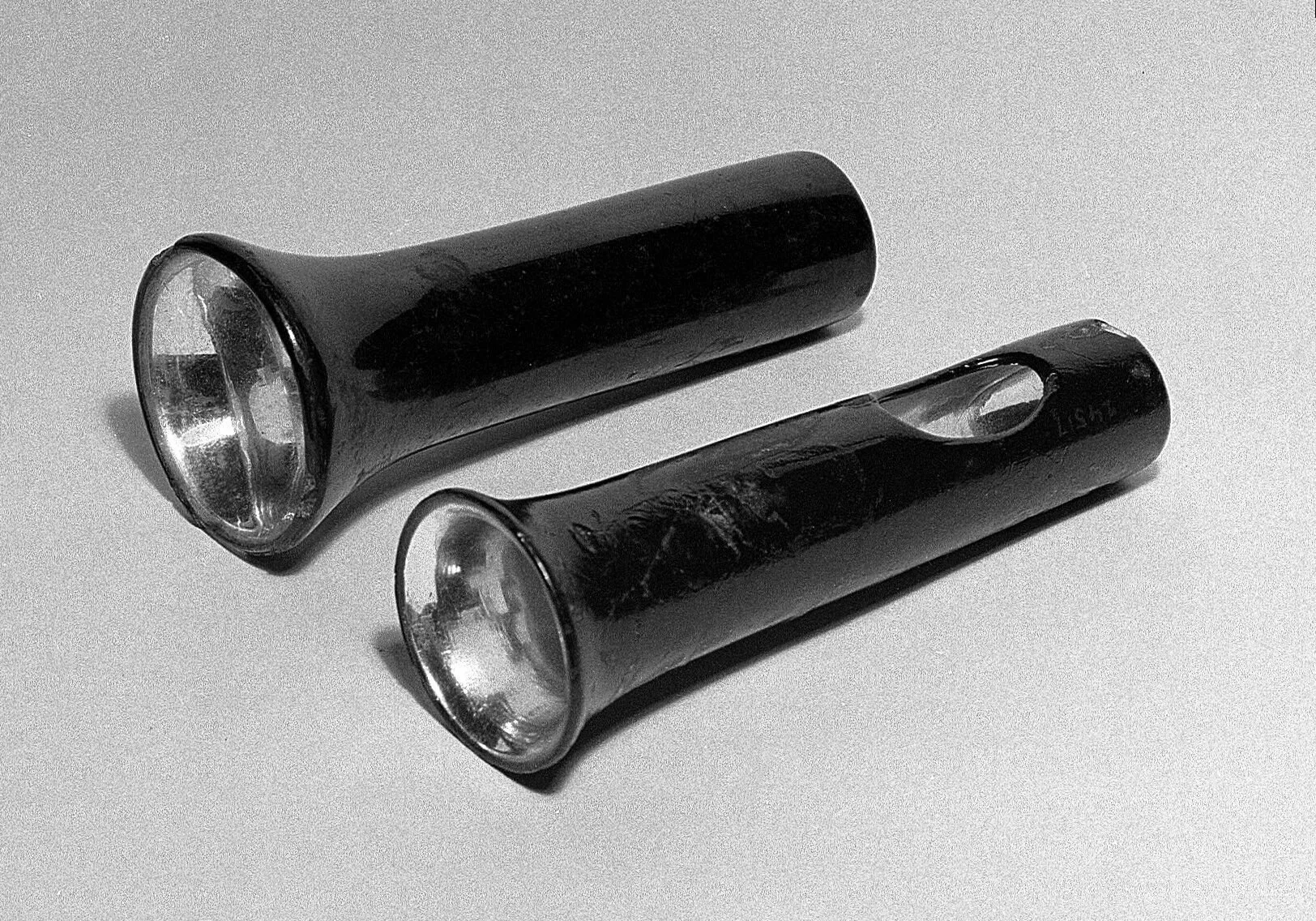
What gynae inequities do LGBTQ+ communities experience?
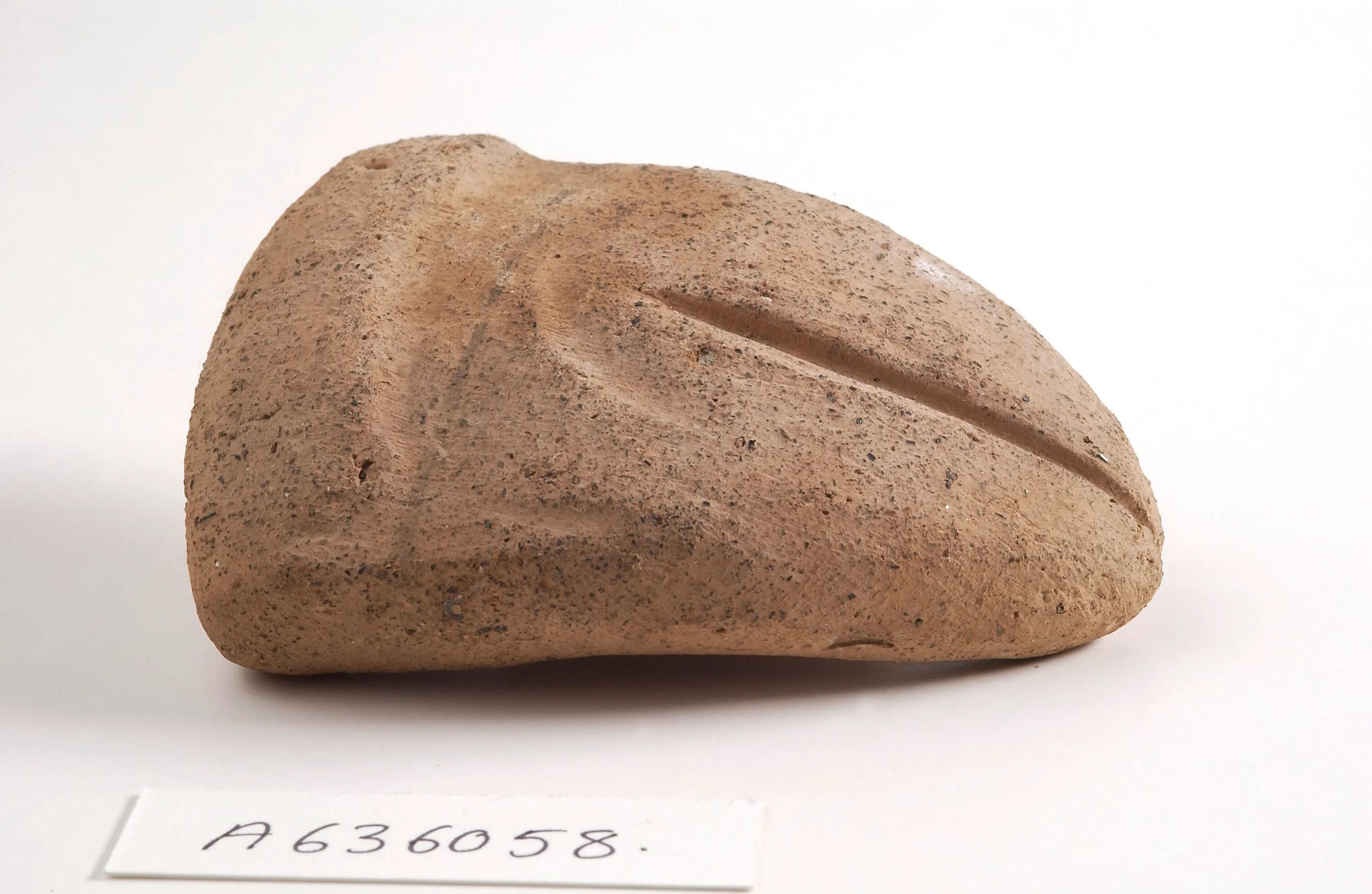
Field notes: session six

In search of queer gynae pioneers
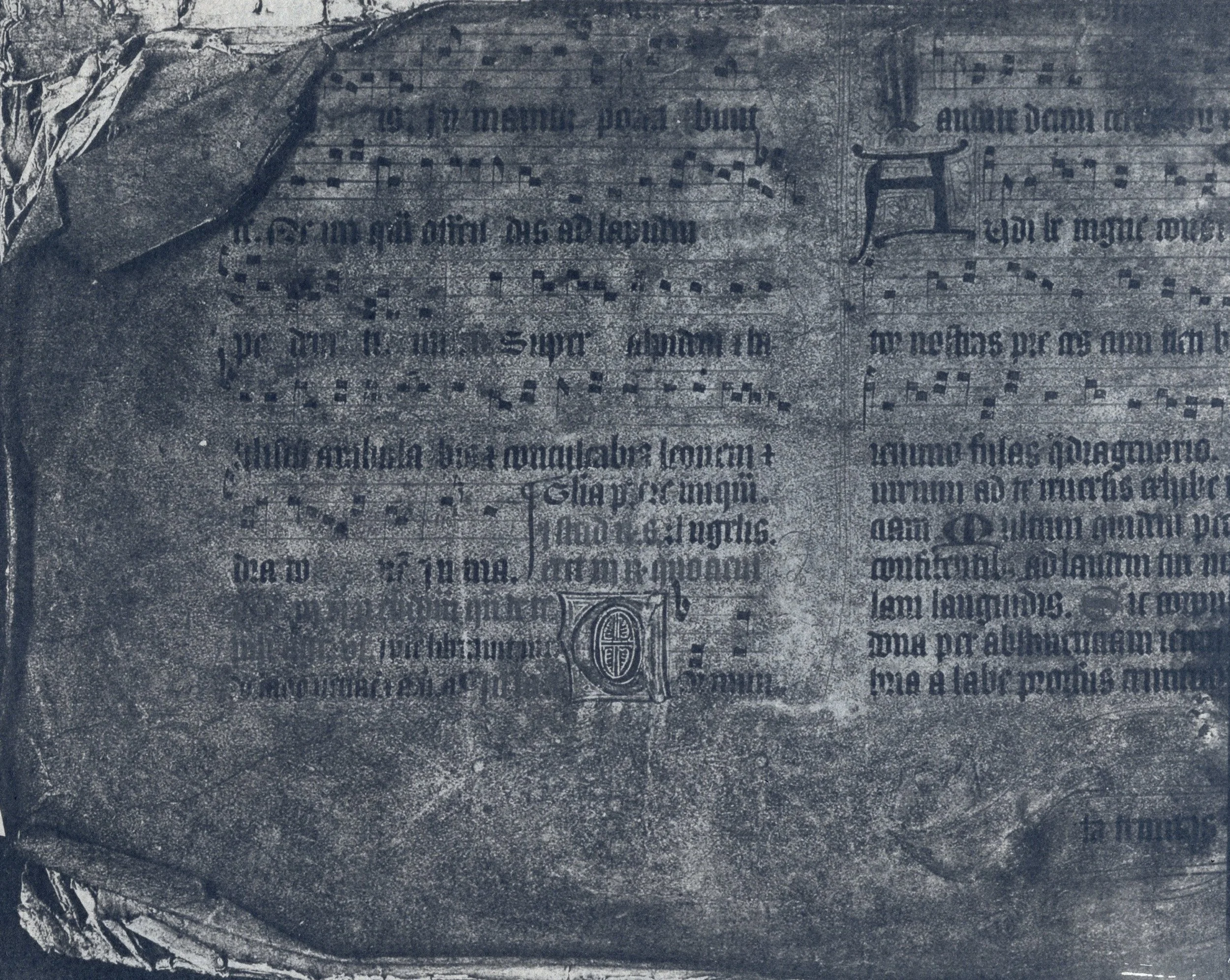
Field notes: end papers

Field notes: in-person session at GRIT studios

Field notes: cruising the archive

Field notes: creative online workshops
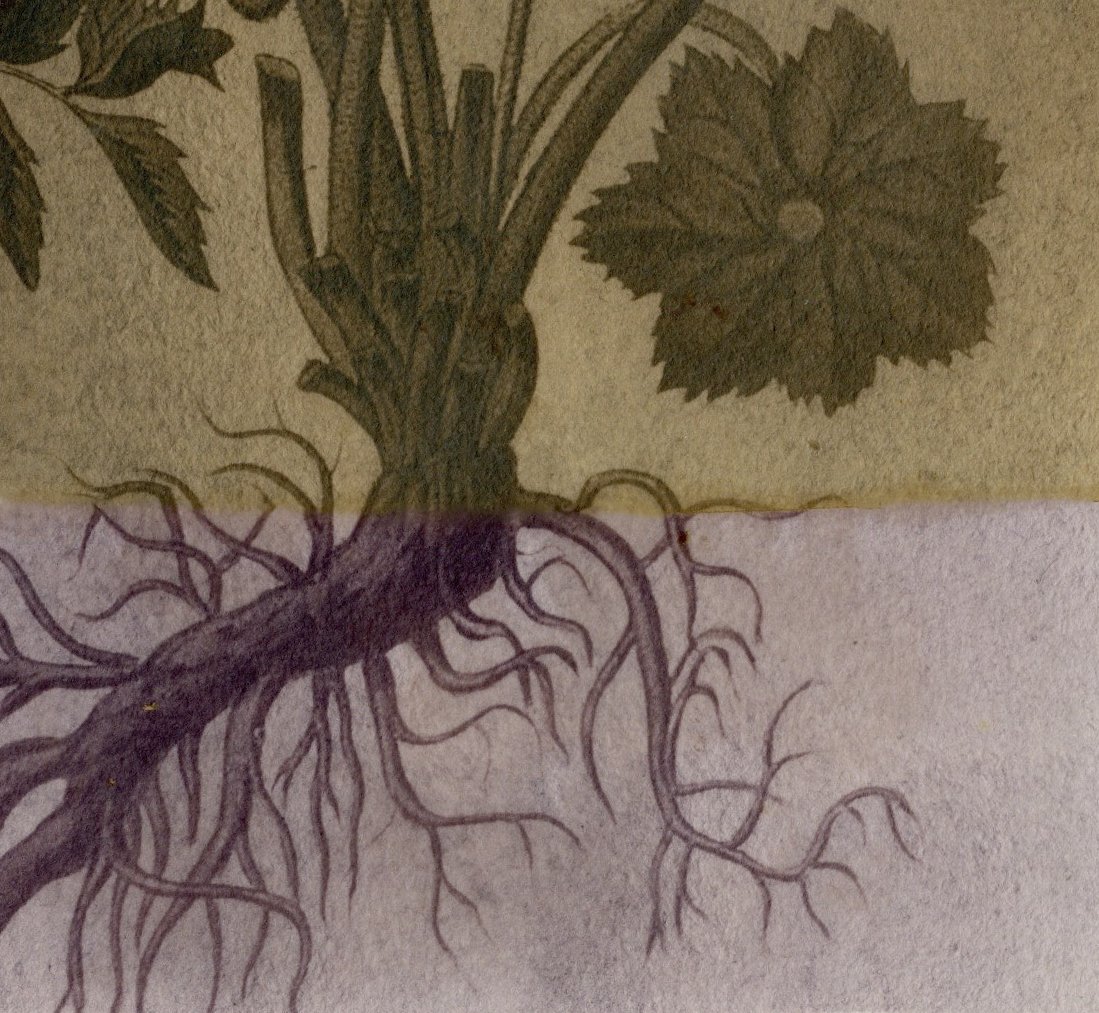
Field notes: fumigation, herbs and alternative photographic processes

Field notes: getting to know you session two

Creative: work in progress

Field notes: 'getting to know you' session one

Speculums

Sarah-Jane's story

